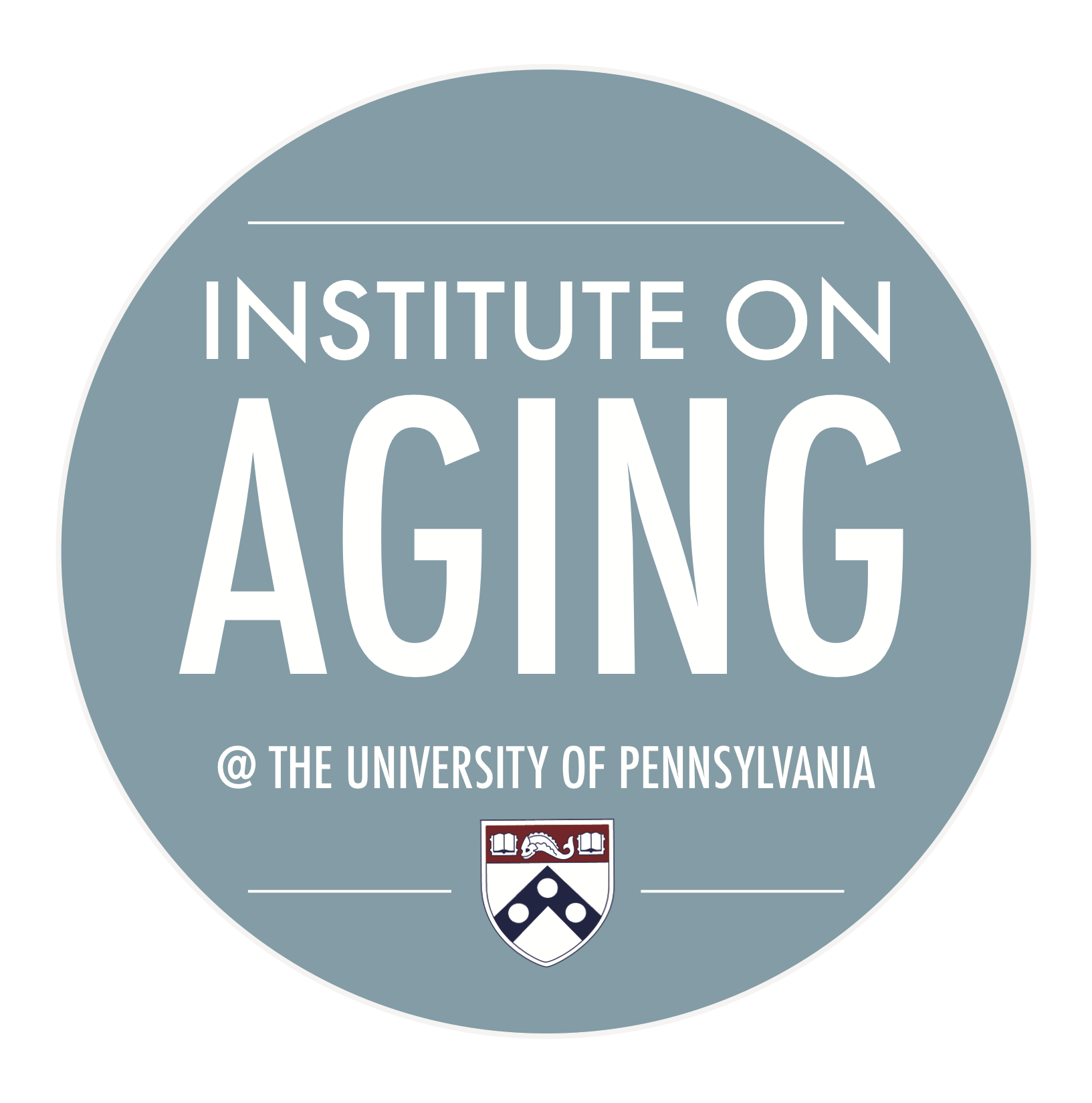Digital Equity is defined as “the condition in which all individuals and communities have the information technology capacity needed for full participation in our society, democracy, and economy” (The National Digital Inclusion Alliance).

Since its emergence in early 2020, the COVID-19 pandemic has taught us a lot and in many ways has required us to adjust and adapt to a new “normal.” As technology became an even more critical part of our daily lives through working from home, virtual learning, telehealth and more, it shed a light on the need for more resources and strategic plans to ensure that both digital access and digital literacy are prioritized.
In response to this, the City of Philadelphia developed its Digital Equity Plan. The plan addresses the needs and barriers of several key populations in Philadelphia including K-12 households, African American households, Hispanic households, multi-lingual households, low-income residents, and seniors.
Seniors in particular fall vulnerable to many of the barriers of digital equity. “Older Adults are not monolithic,” said Juliet Fink Yates, EdM, Digital Inclusion Manager for the City of Philadelphia’s Office of Innovation & Technology. “Older Adults who are low-income may face additional barriers to getting the internet or the right device for them because it is not affordable. Other Older Adults may not speak English as their primary language. Too often online information or apps don’t come with translation options beyond Spanish and this can create a significant barrier.”
Another subset of older adults who may struggle are those with limited literacy skills, cognitive impairment, or physical disabilities. They often face challenges adopting technology that does not easily meet their needs, is cumbersome or hard to use, and may require extensive support to become a more facile user, explained Yates. “Empowering trusted community partners and organizations, such as Generations On Line (more on this below) or our immigrant-serving organizations such as PASSi or the Cambodian Association of Greater Philadelphia, as we have been doing with the Digital Literacy Alliance, is critical to reaching older adults that have intersecting needs and challenges,” she said. “Our healthcare systems, our library system, and our public housing systems can play a big role in supporting older adults with access to the internet, devices, and specific training that meets their immediate needs and desires, because these are entities that work with older adults regularly.”
According to the Digital Equity Plan, 65% of seniors 65 and older
have a broadband subscription and 59% have a working device.
Until recently, many seniors would struggle with digital hesitancy or resistance to using new technology, however — thanks in part to the pandemic — that notion has started to shift. But even when seniors are willing to try out new technology, they may not always have access to the necessary devices or services, and when they do, they may not always know how to properly put them to use.

“For those with the technology, not having someone to help in real time (e.g. when you are trying to log on for a telehealth visit) is an issue. During the first wave of the COVID-19 pandemic when loved ones were isolating from older adults, this was a big issue in healthcare,” said Penn Medicine’s Lisa M. Walke, MD, MSHA, AGSF Chief of the Division of Geriatric Medicine.
“If we truly mean to have a universal digital population, we ought to place as much emphasis on the elderly as we do on the children,” said Tobey Dichter, CEO of Generations On Line (GoL), a nonprofit program aimed at fostering and promoting internet literacy, access, and skills to the elderly. “Those who seriously underutilize the technology come from a generation of mechanical and electrical devices that could break or short out, so the concept of experimenting or rebooting does not come naturally,” explained Dichter. “Timid when faced with the iconography of today’s tools and uncertain as to how to proceed, they often stick to very limited use of the web or an app.”
Recognizing this challenge, GoL provides tablet and smartphone training through tested and developed on-screen tutorials that guide seniors with step-by-step, age-friendly instructions. Their training is offered for institutions as well as individuals, caregivers and families.

While GoL provides wonderful resources, it will take some significant effort from society as a whole to really address the issue at large. “Companies need to test products on older users and also provide paper cheat sheets with new equipment,” said Dichter. “[We also need] more aggressive consumer awareness information about and prosecution of phishing and scammers,” he said, referring to seniors who are hesitant to trust technology for security reasons.
“There is unlikely to be a one-size fits all model, but we can come together and identify best practices across the region and country and build the capacity of local organizations to support our older adults,” said Yates.
Learn more about Generations on Line and the Philadelphia Digital Equity Plan to help address the importance of digital equity, access, and literacy for seniors.
